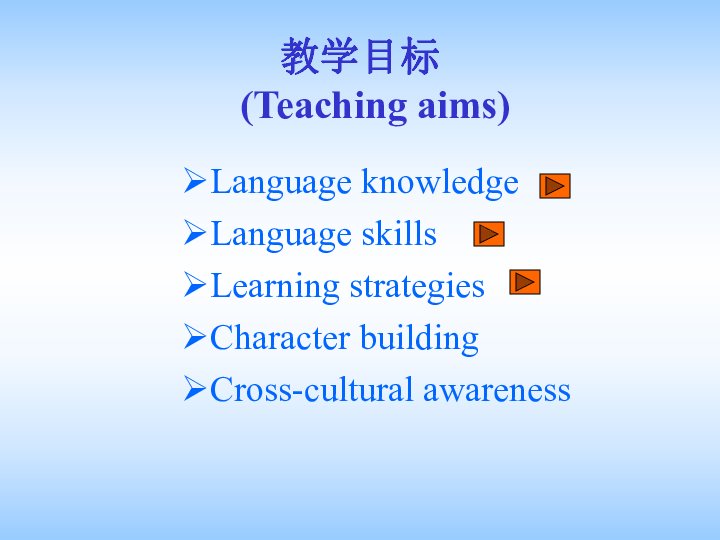A Comprehensive Guide on How to Consolidate Student Loans for Maximum Financial Relief
Guide or Summary:Understanding Student Loan ConsolidationBenefits of Consolidating Student LoansTypes of Student Loans Eligible for ConsolidationSteps to Co……
Guide or Summary:
- Understanding Student Loan Consolidation
- Benefits of Consolidating Student Loans
- Types of Student Loans Eligible for Consolidation
- Steps to Consolidate Student Loans
- Things to Consider Before Consolidating
- Alternatives to Consolidation
**Translation of "how consolidate student loans":** 如何合并学生贷款
---
Understanding Student Loan Consolidation
Student loan consolidation is a financial strategy that allows borrowers to combine multiple student loans into a single loan. This can simplify the repayment process and potentially lower monthly payments. Understanding how to consolidate student loans is crucial for anyone looking to manage their education debt more effectively.
Benefits of Consolidating Student Loans
There are several advantages to consolidating student loans. First, it can lead to a lower monthly payment by extending the repayment term. This is particularly beneficial for graduates who may be struggling to make ends meet. Second, consolidation can provide a fixed interest rate, which can protect borrowers from fluctuating rates in the future. Furthermore, it can also simplify payments by reducing the number of monthly bills to manage.
Types of Student Loans Eligible for Consolidation
Not all student loans are eligible for consolidation. Federal student loans, such as Direct Subsidized and Unsubsidized Loans, Perkins Loans, and PLUS Loans, can typically be consolidated through a Direct Consolidation Loan. However, private student loans may require a different approach, often necessitating refinancing through a private lender.
Steps to Consolidate Student Loans
If you’re wondering how to consolidate student loans, here are the steps you need to follow:
1. **Gather Your Loan Information**: Collect details about all your existing student loans, including the amounts, interest rates, and lenders.
2. **Research Consolidation Options**: Look into federal and private consolidation options. For federal loans, visit the Federal Student Aid website to explore Direct Consolidation Loans. For private loans, compare different lenders to find the best rates and terms.

3. **Apply for Consolidation**: Fill out the application for the chosen consolidation option. For federal loans, this can usually be done online. For private loans, you may need to provide additional documentation.
4. **Review the Terms**: Carefully read the terms of the new loan. Ensure that you understand the interest rate, repayment period, and any fees associated with the consolidation.
5. **Complete the Process**: Once you’ve reviewed and agreed to the terms, complete the necessary paperwork to finalize the consolidation.
Things to Consider Before Consolidating
Before you decide to consolidate, it’s important to consider a few factors. Consolidating can sometimes lead to losing borrower benefits, such as interest rate discounts or loan forgiveness opportunities. Additionally, extending the repayment term may result in paying more interest over the life of the loan. It’s essential to evaluate your financial situation and long-term goals before proceeding.

Alternatives to Consolidation
If consolidation doesn’t seem like the best option for you, consider alternatives such as refinancing. Refinancing can provide lower interest rates and better repayment terms, but it typically requires good credit. Additionally, you might explore income-driven repayment plans, which can adjust your monthly payment based on your income and family size.
In conclusion, understanding how to consolidate student loans can be a powerful tool in managing your educational debt. By simplifying your payments and potentially lowering your monthly obligations, you can gain greater financial freedom. However, it’s crucial to weigh the benefits against potential drawbacks and consider all your options before making a decision. Whether you choose consolidation, refinancing, or an income-driven repayment plan, taking control of your student loans is an important step toward financial stability.